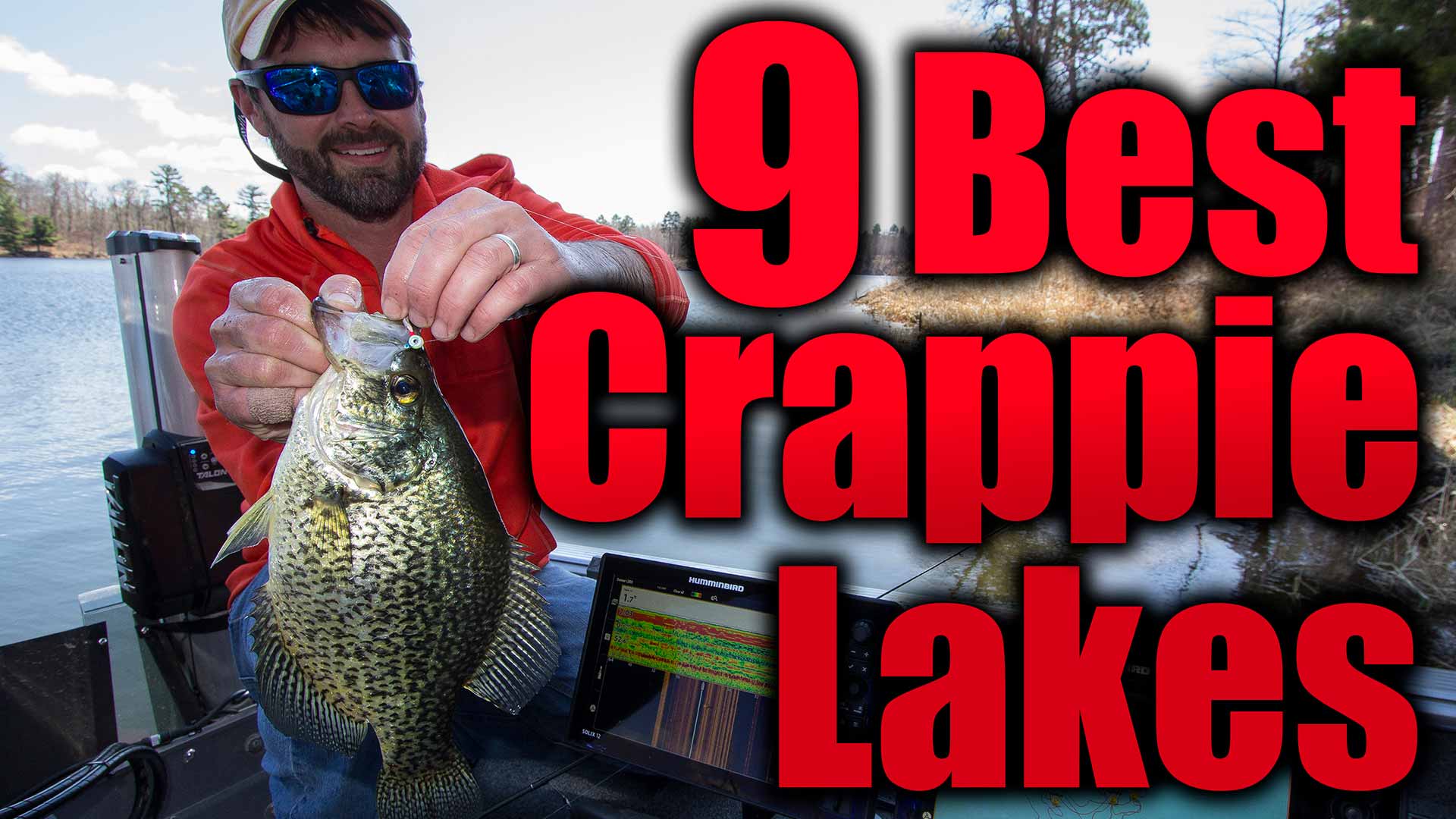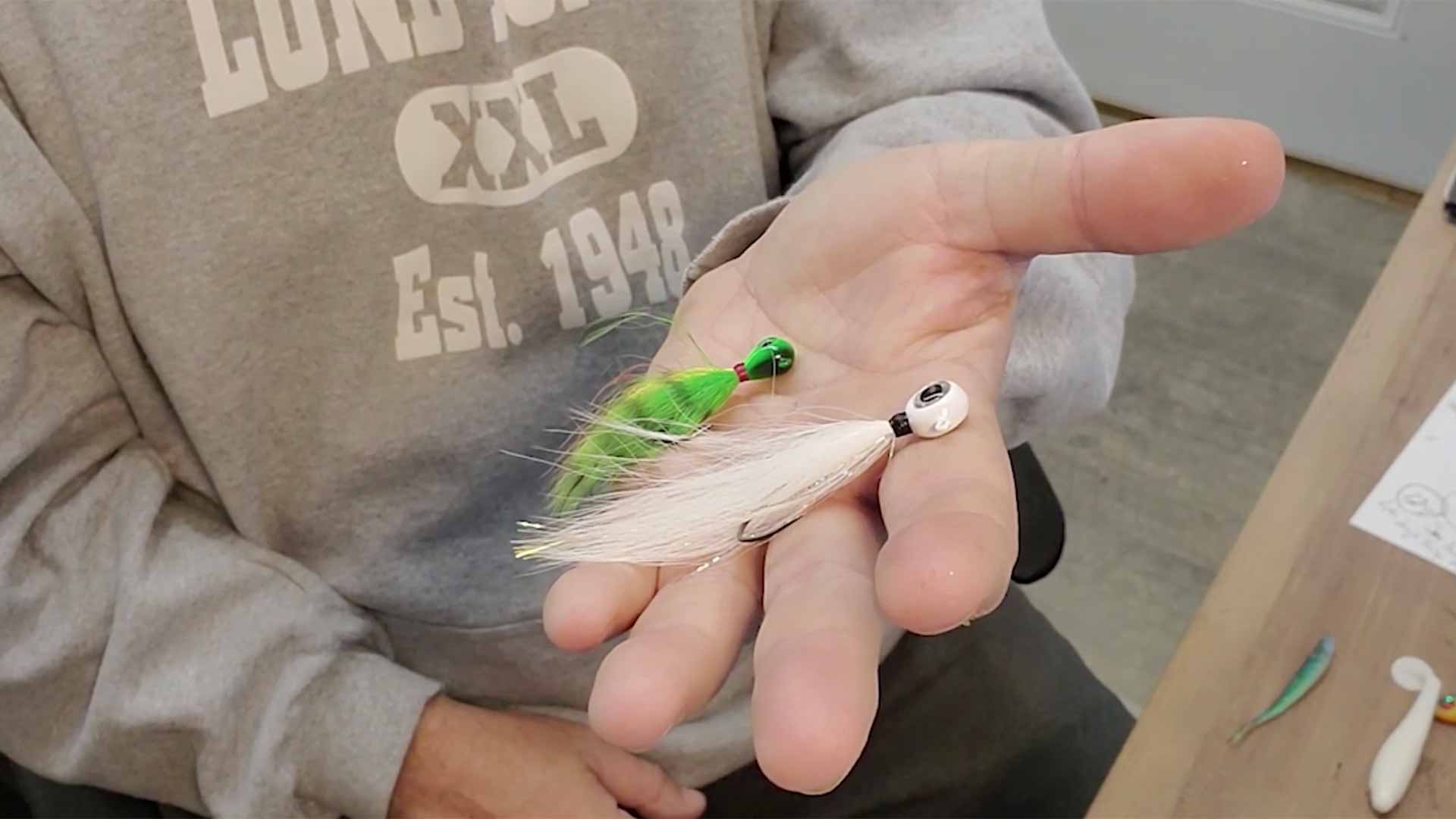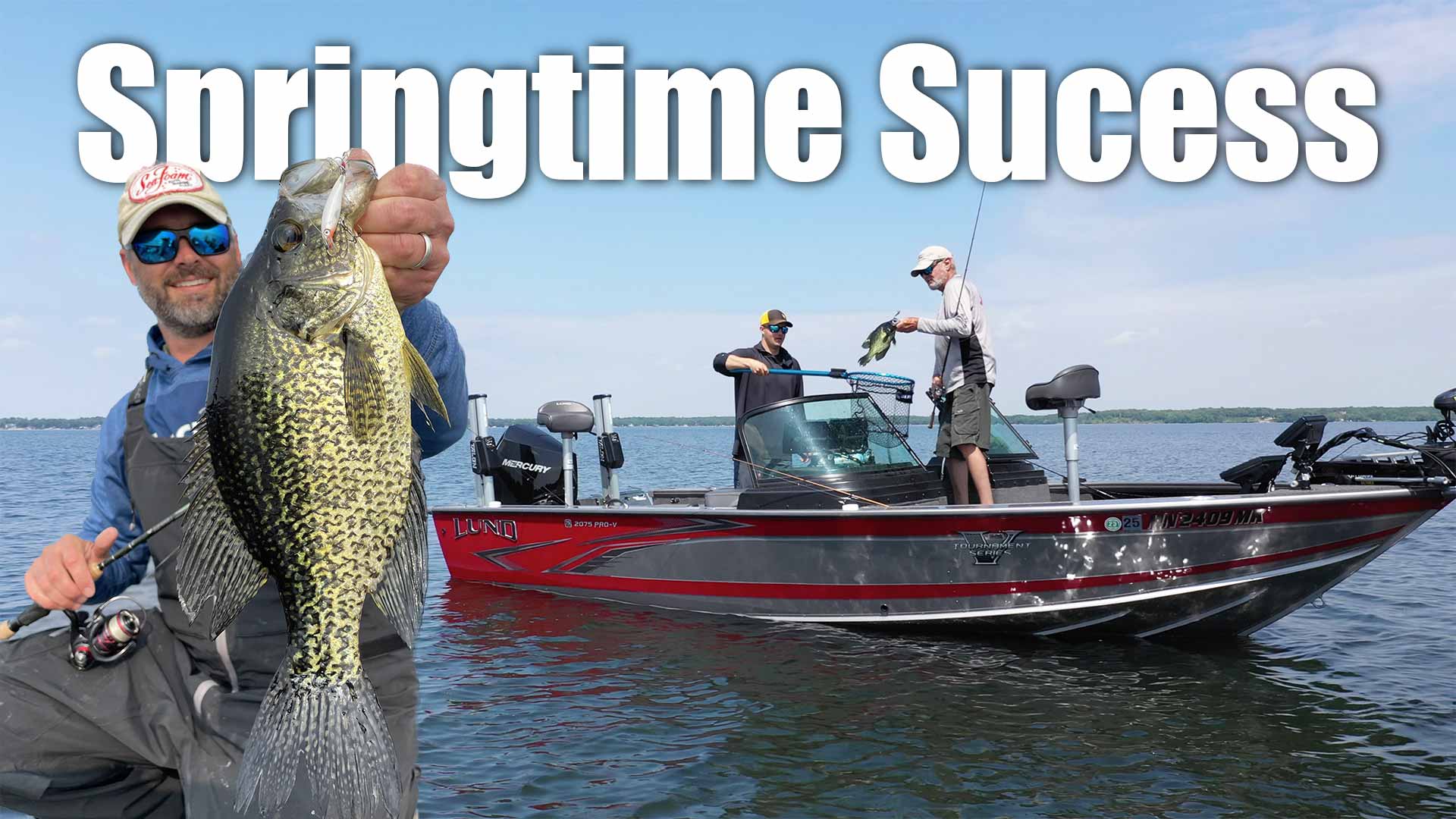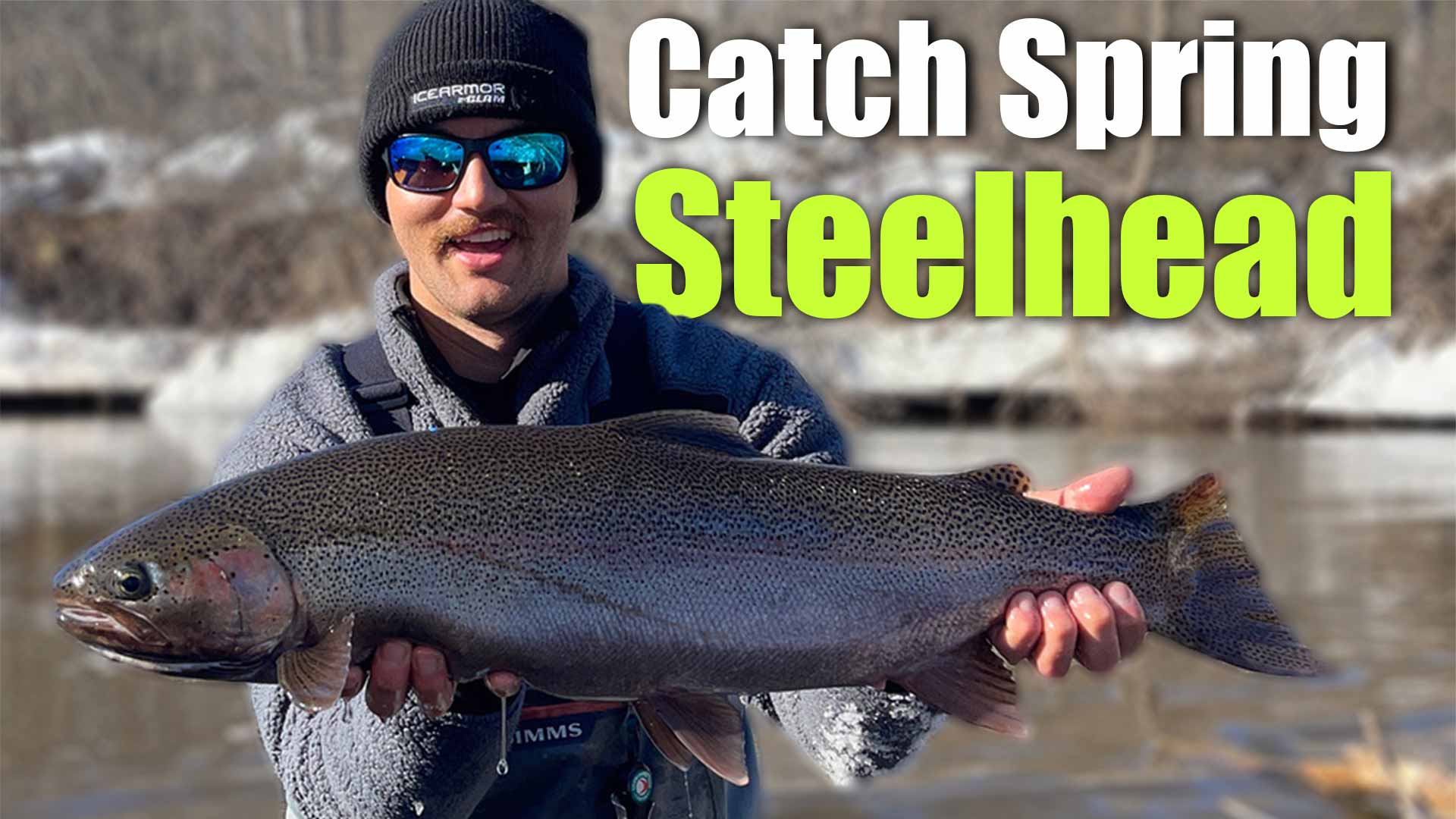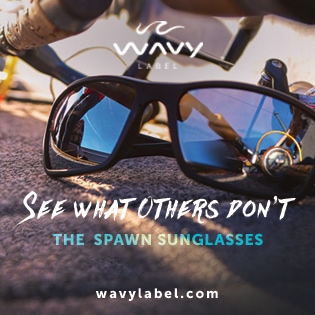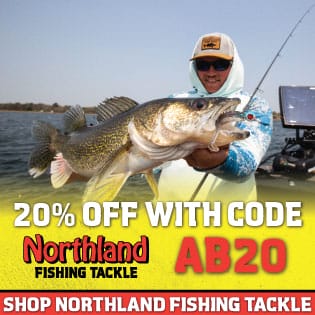9 BEST Crappie Lakes in the Upper Midwest
Knowing the best crappie lakes in the upper midwest if of interest to many. Whether you’re in it for the sport or the table fare, it’s hard to go wrong with crappies. They are widespread geographically, they are fairly easy to catch, they provide some great action, and they taste great!
While there are many, many great crappie lakes throughout the region, these are a few of our favorite spots to catch them.
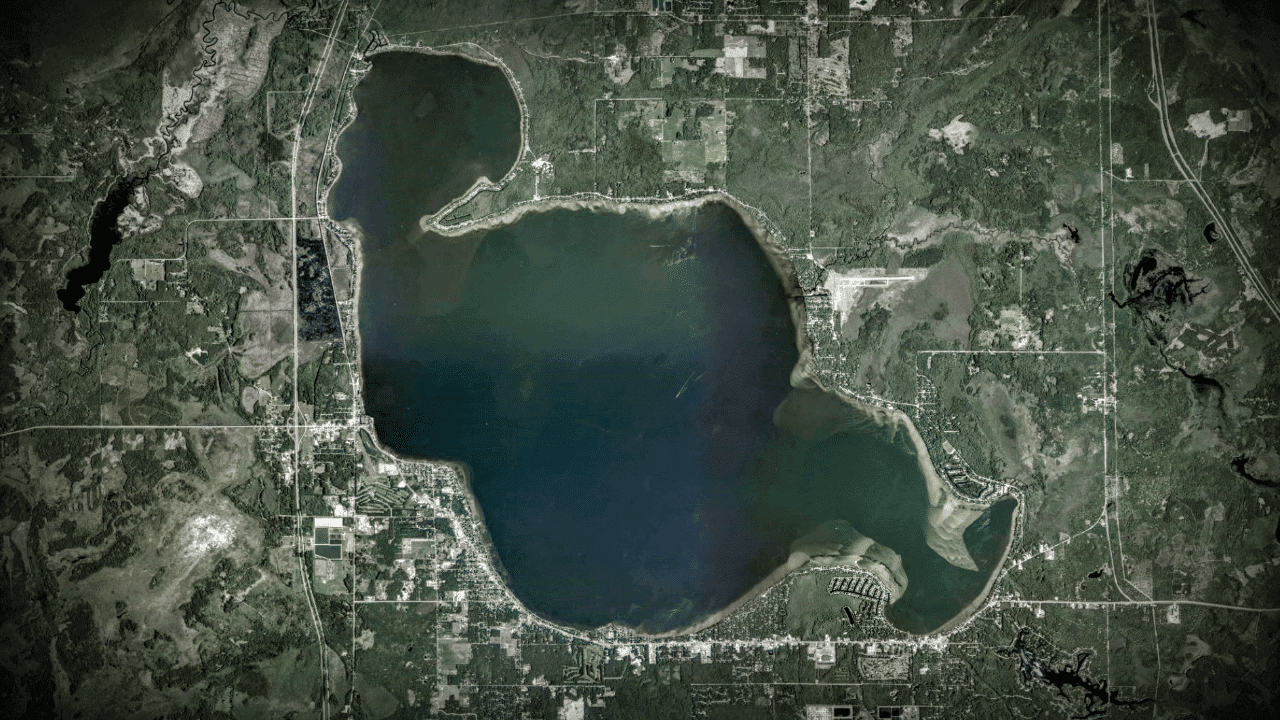
Houghton Lake
Starting out east, Michigan offers many great crappie waters throughout the Upper and Lower Peninsulas.
In the Lower Peninsula, Michigan’s largest natural inland lake, 20,000-acre Houghton (HO-TON), is relatively shallow, stained, and offers plenty of weed growth, perfect habitat for the lake’s plentiful black and white crappies.
In spring, anglers take to the lake’s canals and boat harbors, pitching small jigs from ice-out through early summer, with lots of fish in the keeper 10- to 12-inch class, bonus 13s and 14s, and even slabs up to 17 inches.
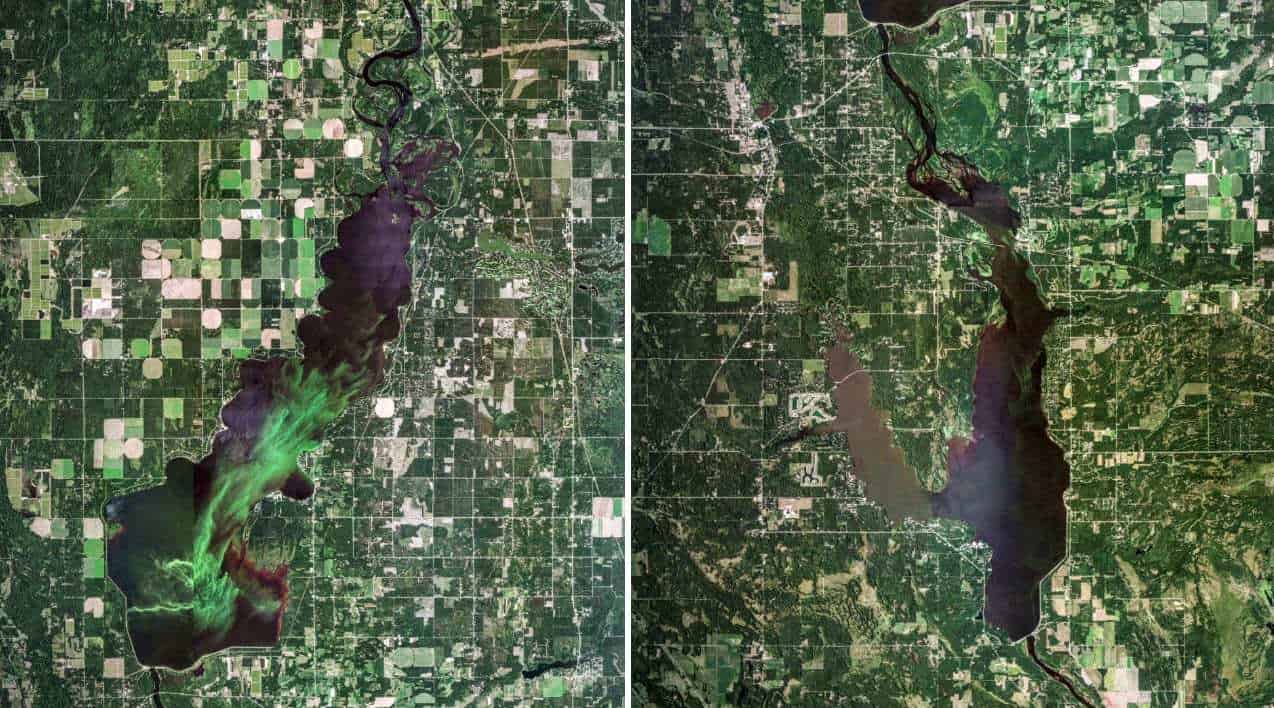
Lake Petenwell & Castle Rock
At over 60 square miles, Wisconsin’s Lake Petenwell and Castle Rock in the Wisconsin River Flowage are crappie hotspots from mid-April through early June. Both waters provide plenty of opportunities for bank and boat anglers.
On Petenwell, bank fishermen congregate along the west shore below the Nekoosa Dam and boat anglers tie off to fallen trees, catching fish deeper as the day progresses. All report are say the size class is up, with most crappies now sitting between 13-15 inches.
To the south, Castle Rock offers more crappie action. Boaters fish the 18-20 foot hump below the Petenwell dam, and there’s easy access for shore anglers along the Buckhorn Bridge.
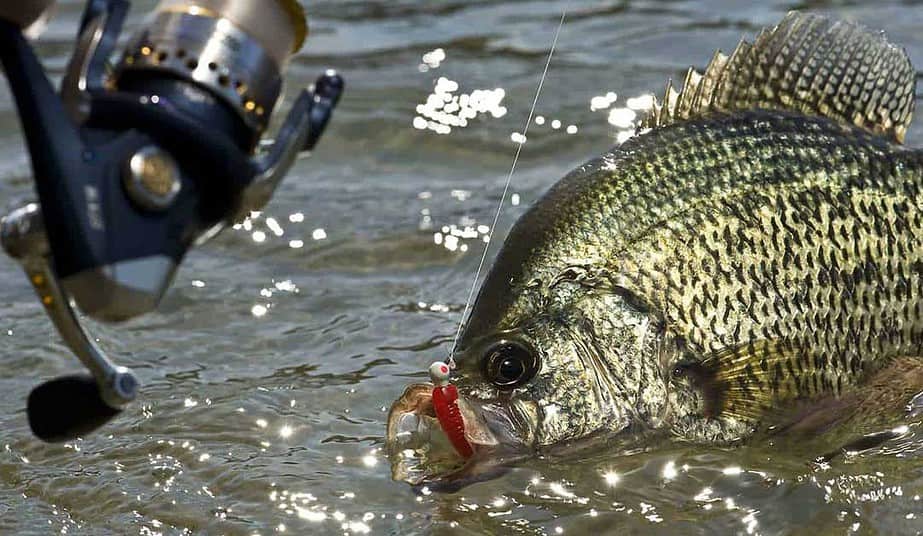
Mississippi River Backwaters
River rats on the Mississippi from the Missouri/Illinois border all the way north into Minnesota can be a bit tight-lipped about spring crappie bites.
But backwaters, oxbows, submerged wood, and eddies all attract fish. Also keep a look-out for schools of baitfish, as the crappies aren’t typically far away … as well as just about everything else that swims.

Glacial Lakes in Northeastern South Dakota
Northeastern South Dakota’s “Glacial Lakes” region is a spring crappie hotbed. Anglers look to the smaller lakes and sloughs which warm up first or predominantly-northern bays on the larger waters. Many spots are easily accessible from shore via gravel roads and state land. Top producers include Pickerel and Bitter, but don’t be afraid to explore the region’s many smaller waters, keeping a look-out for spring crappie magnets in the form of wood and pencil reeds.
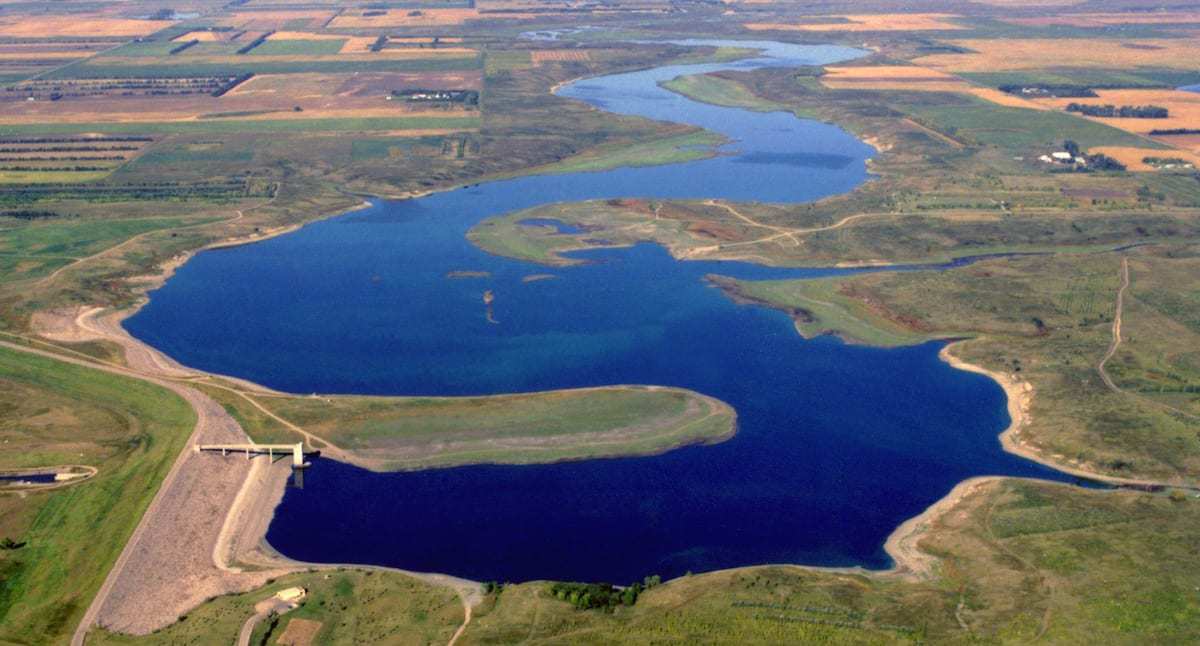
Jamestown & Pipestem Reservoir
Although there has been some fluctuation in year classes on both Jamestown and Pipestem Reservoir in central North Dakota, anglers are still reporting solid spring bites, the size improving each year.
In fact, the North Dakota state record crappie was tied in 2013 by Chris Rick with a 3 lb 4 ounce monster on Jamestown Reservoir. Planning a trip to Devils Lake? Take an extra day on the way up or back to explore this area.
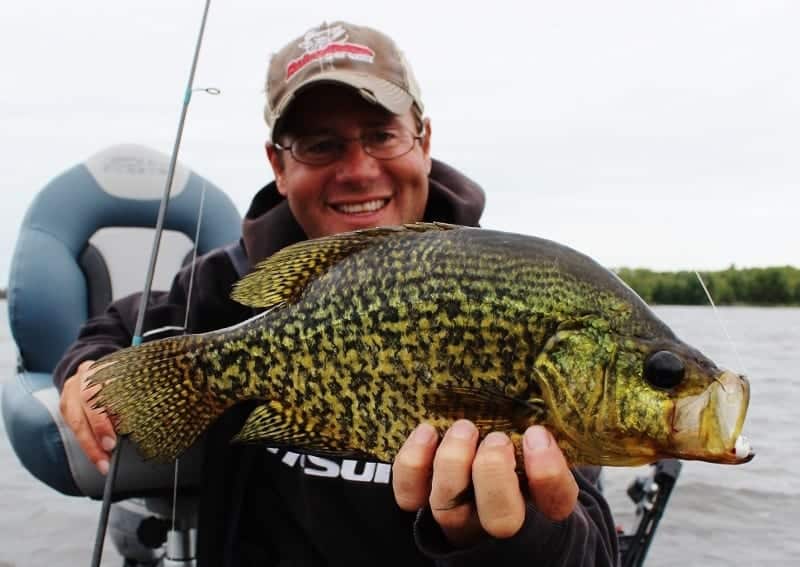
Rainy Lake
The northern-most destination on today’s crappie map, Rainy Lake’s expansive waters grow giant crappies. Second only to the lake’s incredibly fall crappie bite, spring is prime-time.
Depending on ice-out, the hot bite on Rainy Lake can start in early-May and last through mid-June, which finds willing crappies in the lake’s numerous bays. Average fish are 12- to 13-inches but 15- to 17-inchers are common, as well as bonus walleyes and bronzebacks.
